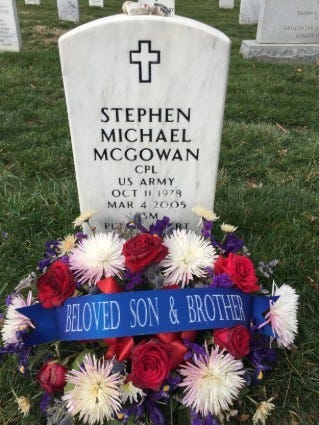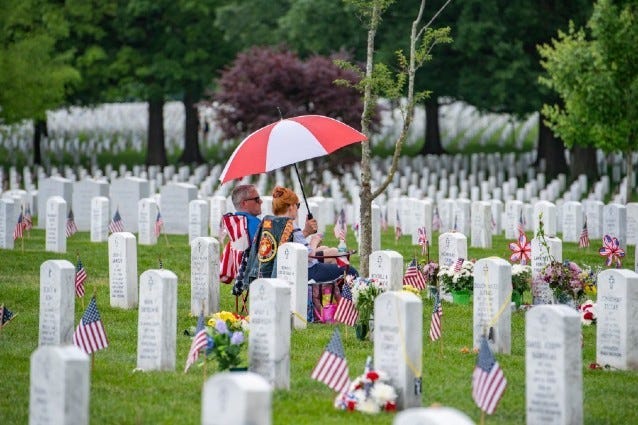
On the corner of Halsey and York, at Arlington National Cemetery, is Section 60.
From this vista is the view of the side of the Pentagon that was struck on 9/11, a reminder of why the number of graves has grown.
But what section 60 is known for are the gravesites of those who have most recently been killed in America's War on Terror.
Walking down the rows of headstones, you see the mementos left by children for their parents, a lipstick mark on top of the cross that bears a husband’s name, childhood toys, cigarettes left by war buddies, thank you cards from complete strangers, and laminated photos of the dead as young children through adulthood.
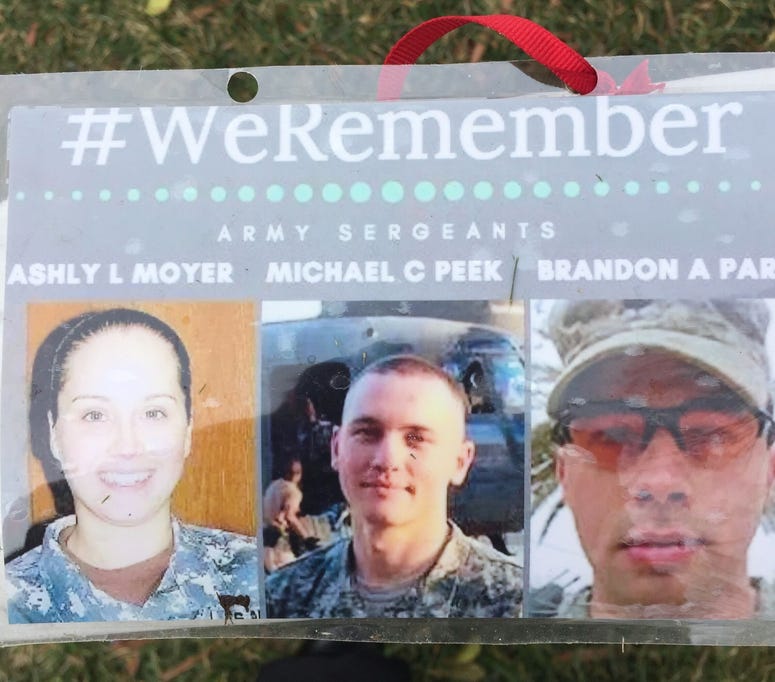
For the past 11 years, on the second and fourth Friday of the month, cemetery officials have been gathering up these items.
“In 2009, the Secretary of the Army ordered items to be collected that would be deemed historical, or artistic interests from graves,” said Carney, “But only from graves of casualties from Iraqi Freedom and Enduring Freedom in section 60.”
The items they collect are put into archival plastic bags, and photos are taken of the grave marker. Carney said the cemetery leaves some things such as photographs, food, flowers, and homemade items as long as they can until they become too damaged or unsightly. So far, about 4,500 items have been collected. He said that if family members want items back, they have to retrieve them before they are collected, but they do not throw mementos away.

In 2015, the cemetery created a small exhibit with some of the objects, and Carney explained they were very concerned about the privacy of the families and the deceased.
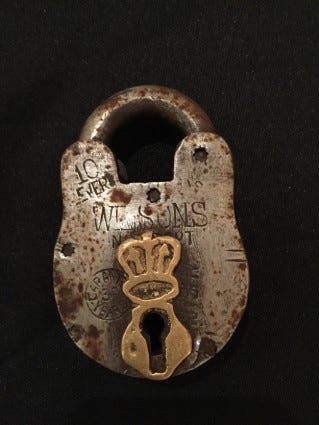
Some mementos that stand out for Carney include a high school football helmet, a Naval Academy lacrosse stick left by teammates and an ornate lock, whose meaning is only known to the person who left it.
Section 60 reflects the evolution and personality of the current generation who are buried there and how their loved ones, comrades, and friends pay their respects.
Barbara Lewandrowski, director of public affairs, Arlington National Cemetery, said because many of the deceased were young when they died there are a lot of younger mourners, and the manner in which they mourn is different.
“You see a child with their mother or father-- you see a lot of young service members who come out with a chair-- maybe they go see three or four people,” she said. “In other sections, you tend to see the spouse who comes on the birthday or an older person who visits a loved one who passed away years ago."
"Here is a different scene --you might have a spouse lying prostrate on the ground on a blanket," she said. "And then two or three over you might have a whole family in lawn chairs telling stories about their loved ones and the proximity is just two headstones apart.”
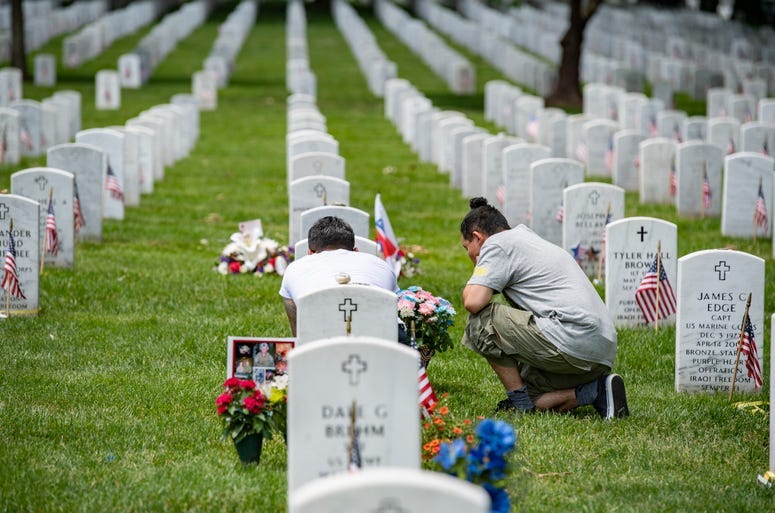
“I’ve been involved in this section for about 7 years,” Carney said. “A decade later, you don’t see the same number of continuous grieving family members, especially the older sections from 2003 and 2004 .”
“Families have moved on, children are in college now, wives may have remarried--life has happened,” Lewandrowski said.
Section 60 has over 10,000 graves. It also has the most group burials; these are the individuals who died together in battle or those who requested to be buried with their friends and colleagues
Carney said although the majority of those who died in Operation Enduring Freedom and Operation Iraqi Freedom (OEF & OIF) are buried in Section 60, there are 250 others who are buried in other sections of Arlington.
Although visiting the gravesites of loved ones and friends can be heartbreaking, those who do can take comfort that a sentimental keepsake left behind is handled with respect and care.
